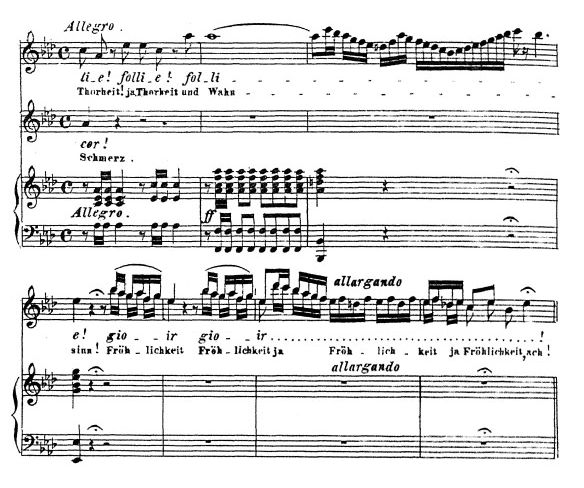
Singing In Your Chest Voice
One of the fundamental skills of singing is effectively using your “chest voice”.
What Is It?
You are singing in your chest voice when you sing in the lower or lowest audible part of the voice. We call it the chest voice because many people feel the vibrations of these pitches in their chest cavity. When this portion of your range is activated and strengthened in a healthy manner, the entire voice becomes more stable, gains volume and has a firm but flexible quality.
That’s Not Pretty!
When you first use it, the sound of the “chest voice” can seem to be a bit raw and much too heavy. If that’s how it feels to you, that’s okay. Just read this description of what is happening and try a moderate amount of experimentation. When you regularly work to become familiar with it, you’ll learn a lot and get used to the sensations. In other words, if you don’t sing with the “ugly” chest voice the muscles won’t be able to find new ways to create firm closure while also coordinating with flexible muscular stretching. Doing exercises creates the opportunity for this to happen.
Why Work At It?
Working the chest voice will strengthen it and also allow it to start coordinating with the head voice, or falsetto voice. Coordination means that the muscles that close the folds and the muscles that stretch the folds work together to find a balanced tone that is firm without being rigid. That coordination will result in a larynx that feels more stable because the stretching doesn’t overwhelm the closing and vice versa. The two main muscle systems will work well together and you will be able to create just the sounds you were looking for.
Another benefit of developing the chest voice is that volume is increased because the closer muscles are better able to transform air into sound waves. Stronger closer muscles means the folds close more securely and prevent leaking air. Your larynx will use just enough energy for effective cord vibration on the air flowing through.
Use This Knowledge
Singing in your chest voice can, and should, be done for a healthy voice. But how? Sing exercises that focus on lower pitches, in a slightly loud volume (but not too much!), and using the [ah] vowel primarily. When an exercise is constructed of these 3 elements (low pitches, louder volume, open vowels) the muscle responds to the exercise in an automatic way and we feel and hear the texture of sound commonly referred to as chest voice. Do it a little bit every day and you’ll see progress! Try these vocal warm-ups!
about the author
Allen Rascoe Allen has been enjoying singing since he was a little kid. He officially studied voice at ECU and USC. However, he ran... Read More

RECENT ARTICLES
-

Career Your Opportunities for a Fulfilling Career in Singing
-

Basic Skills, Beginners, Tips Tips To Improve Your Singing Voice
-

Exercises, Warmups 10 Vocal Warm-ups to Change the Way You Sing
-

Basic Skills, Beginners, Exercises, Songs, Voice Teachers, Warmups What is My Vocal Range – Identify, Master and Expand Your Range
RECENT IN KNOWLEDGE
Recent Topics
- Beginning Voice Lessons (1)
- Breathing Techniques (1)
- Confidence (1)
- Experienced Teacher (1)
- Kids Singing Lessons (1)
- Musical Career (1)
- Practice (1)
- Private Lessons (1)
- Professional Singer (2)
- Sing (1)
- Singing Teachers (2)
- Style (1)
- Teach Online (1)
- Vocal Exercises (1)
- Vocal Health (1)
- Vocal Music (1)
- Vocal Pitch (3)
- Vocal Range (4)
- Voice Coach (1)
- Voice Exercises (2)
- Voice Training (4)
- Young Vocalist (1)
Categories
- Basic Skills (7)
- Beginners (8)
- Career (2)
- CCM (1)
- Contemporary Commercial Music (1)
- Crossing Over (1)
- Exercises (2)
- Online Lessons (3)
- Online Voice Lessons (1)
- Songs (2)
- Students (6)
- Tips (4)
- Vocal Coaches (1)
- Voice Teachers (2)
- Warmups (2)
Testimonials

















